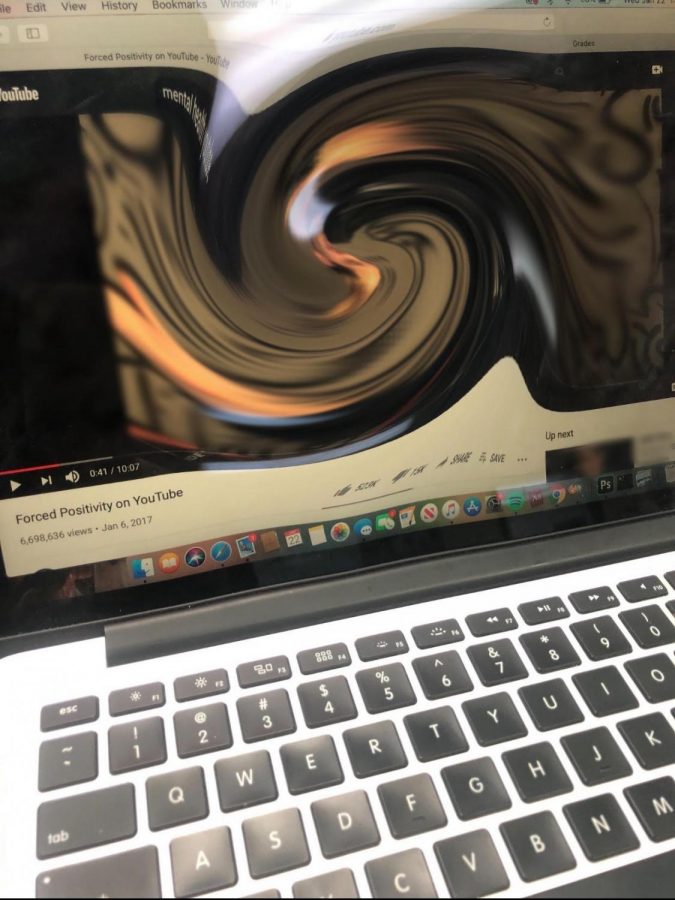Editorial: Exposé on the Exposure of YouTubers
The following editorial is the viewpoint of the writer only and does not reflect the opinions of the Cat’s Eye View staff, as a whole, or the administration, faculty or students of Henry P. Becton Regional High School
J. Marcinkowski, Edited by Cat’s Eye View Staff
Editor Jenny Marcikowski takes a closer look at the mental health impact of being a YouTuber.
January 22, 2020
The 2010s witnessed the rise of social media personalities and content creators, specifically YouTubers. For many, being a YouTuber was formerly a hobby or a way to earn extra cash, but today it is a widely recognized profession. Well-known YouTubers, like Jeffree Star and Jake Paul, are treated like celebrities and have ostentatious lifestyles to match.
While many praise YouTube’s platform for being able to give ordinary people the chance to earn recognition, others feel that there is an unhealthy emotional strain on creators, many of them young people, wanting to stay relevant. Unfortunately, it is not uncommon to see a YouTuber upload a video addressing their struggles with mental health due to their constant presence in the spotlight and pressure to consistently put out new content.
Stu Smith, the VP at Fullscreen, a marketing firm for content creators, said “you can shoot a video in the morning and it could be posted that afternoon or even faster. So oftentimes, what [attracts] the audience, for the creator, is their pretty regular [pace] of putting content out there…that audience comes to expect [it].” Many creators feel that the more content they produce, the higher the chances that one of them will go viral, the ultimate achievement in the eyes of a ‘professional’ YouTuber.
Since YouTubers do not have a steady salary, their profits are often based on how well a video does in terms of advertisements and views, as wells as other contracts and negotiations done outside of the content, like merchandise or endorsements. The more videos a creator produces, the more money they will make, as long as those videos do well.
But as they say, ‘you need to spend money to make money’. These creators often spend their earnings on editors, production teams, and managers to create a relatable personality that can connect with an audience. Much of YouTube culture mimics a reality show atmosphere. There is drama, ‘clap-backs’, feuds, and the day to day video blogging and personas created feed this toxic form of entertainment.
Media physiologist Pamela Rutledge told Insider, “YouTube is, in effect, a reality show…The relationships among influencers add credibility by creating a sense of a world in which they operate and allows them to take advantage of the energy among characters rather than hav[ing] to generate all the energy themselves.” The 2010s also saw the rise of ‘cancel culture’ as a form of public shaming, which pitted celebrities against each other. An instance of this happened in 2019, when then close-friends, make-up artists James Charles and Tati Westbrook fought online after Charles was shown advertising a company that was a competitor of one of Westbrook’s products. Several detailed videos including ‘receipts’, or proof of claims such as screenshots, were posted online by both, which resulted in Charles losing over three million subscribers. Unlike a reality show, viewers can see this drama unfold over social media in real-time.
“The Tati and James Charles feud provides an opportunity for fans to take sides based on the intensity of their attachment to each character,” explained Rutledge. “People love to pull others off pedestals even when they loved them a few minutes ago.”
The stress and negative emotional effects of being a YouTuber often leads creators to take breaks from social media, that last months, in hopes of returning forgiven. Elle Mills, a Comedian video blogger with close to 2 million subscribers, told CNN Business, “I try to refrain from taking too many breaks because then people are less forgiving.” She added, “Every once in a while, they’re like ‘Okay we get it, it’s been a lot’ but if you keep on taking breaks…the loyalty starts to fade.”
However, some YouTubers leave the streaming behind for a different reason: exhaustion. YouTube’s Chief Business Executive, Robert Kyncl, responded to the topic of burnout when he was interviewed by famous YouTuber Casper Lee, “We as a company focus on [burnout] quite a lot,” said Kyncl. “We spend a lot of time on that topic. It’s actually great when creators talk about it. If there’s no awareness, nobody is gonna feel okay to take a break or recharge. I think there’s a lot of preconceived notions around, If I take a break, then the algorithm punishes me, and I’m forever lost on YouTube. Well, if that was true, how could the new guy get up so fast? You do have greater power, and if you know how to find your audience — which you have found once — then you will find it again, even if you take a break for a month, three months, six months.”
The phenomena of the YouTuber career path does not appear to be slowing down anytime soon. But with any new path, we don’t truly understand the effects of this lifestyle in the long run. The emotional pressures, social anxieties and lack of privacy can have long-term negative impacts on these young celebrities, leading us to wonder if there is a cure for the disease of over-exposure.




